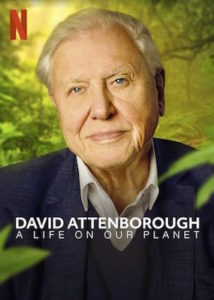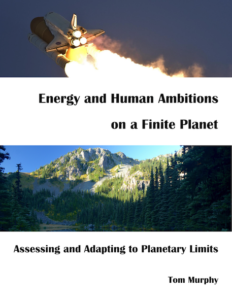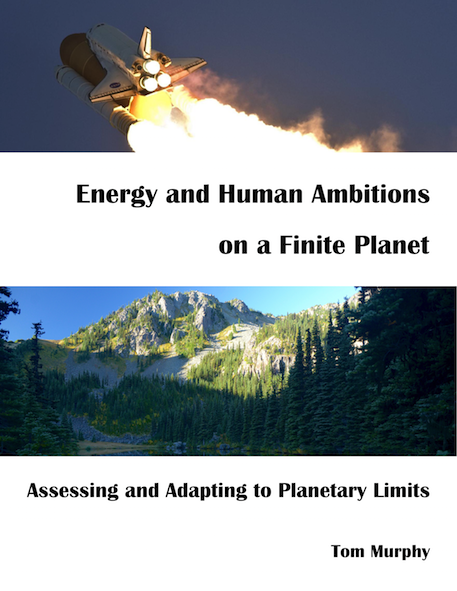I intend to resume semi-regular postings in the near term, and am sitting on a couple dozen post ideas in various stages of development. In puzzling out what order I should put them in, I decided to start with something of a meta-post that lays some groundwork for a number of the future entries.
What I have in mind is to recapture my own journey over the last couple of years, which has resulted in an unexpected shift in my emphasis and awareness. By sharing key elements of my own journey, perhaps you can experience something similar. In any case, you might treat it as a belated (bloated?) summer reading list.
Let’s start just by capturing the chronological list, and then I’ll say a few things about the significance of each item.
- Energy and Human Ambitions textbook; especially Epilogue; Appendix D.5 and D.6
- Sapiens, by Yuval Noah Harari
- Human Exceptionalism (Do the Math post)
- Daniel Schmachtenberger on The Great Simplification
- Daniel Quinn’s books: Ishmael; The Story of B; My Ishmael; Beyond Civilization
- Post-Ishmael Do the Math posts (Sticks; Love; Cults and a Story)
- An Inconvenient Apocalypse, by Wes Jackson and Robert Jensen
- We Are the Middle of Forever by Dahr Jamail and Stan Rushworth
- Braiding Sweetgrass by Robin Wall Kimmerer
- The Myth of Human Supremacy by Derrick Jensen
- Bitter Harvest by Lisi Krall
- Hospicing Modernity by Vanessa Machado de Oliveira
Views: 4574







 Hello, all, and welcome (me) back! After years of radio silence, I am popping back up and have more to say in the coming months as I re-engage on topics relevant to this blog.
Hello, all, and welcome (me) back! After years of radio silence, I am popping back up and have more to say in the coming months as I re-engage on topics relevant to this blog.